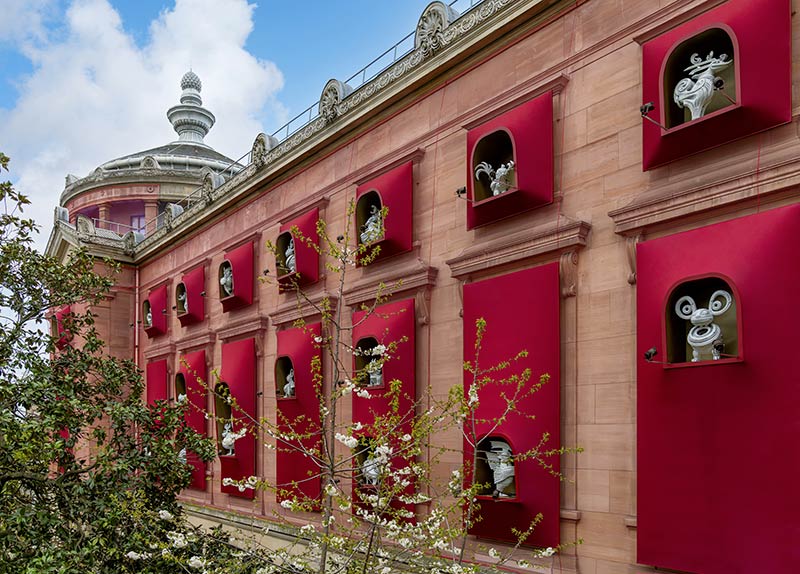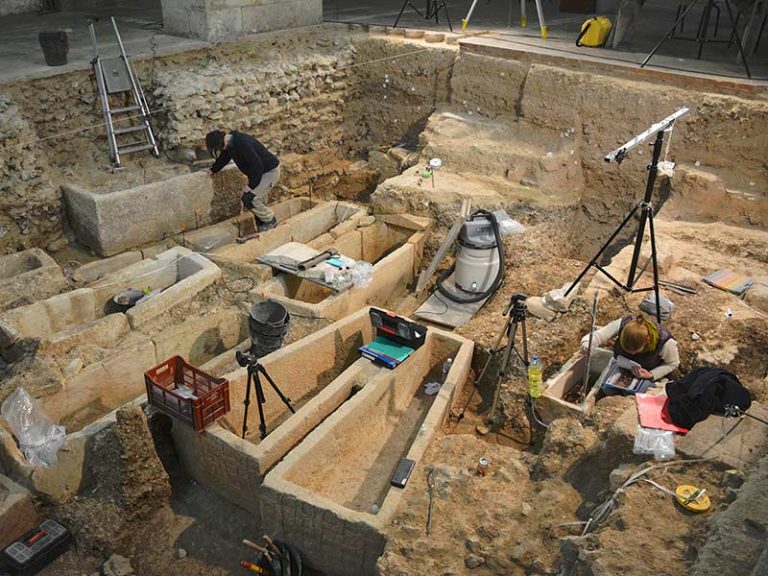Paris. Arriving halfway through his first mandate, Yannick Lintz engaged the public establishment in several projects in order to give the National Museum of Asian Arts-Guimet an influence that it currently lacks. With 250,000 visitors in 2023, the museum is barely regaining its pre-Covid attendance, which had continued to decline since reopening in 2001: it has lost 130,000 visitors in ten years. For its president, the museum suffers from a reputation problem, including in Paris, “while in Asia he is very well known and recognized”, she explains during a press briefing. One of his first measures was to give more clarity to his programming, a stone in the garden of his predecessor Sophie Makariou. She structured the coming years in season by country: China obviously in 2024, due to the celebration of the 60th anniversary of the establishment of diplomatic relations between the two countries, then will come Korea in 2026 and India in 2028.
For this Franco-Chinese Year of Cultural Tourism, Yannick Lintz killed three birds with one stone by entrusting the Franco-Chinese artist and designer Jiang Qiong Er with marking the event – installations took over the museum, starting with its facade. A command that comes at the right time for those who say to themselves: “obsessed by the ugliness of the Place d’Iéna (where the museum is located) and the banality of the building (built by Émile Guimet in 1889))”. The sculptures nestled in red tulle veils occupying all the windows of the facade cannot escape passers-by (see ill.). Also working in luxury, Jiang Qiong Er is artistic director of a subsidiary of Hermès in China; she was able to find in Shanghai the 2.5 million euros necessary to finance the installations which will remain for almost a year. Shanghai where avenues are being studied for a museum branch.
“Guimet +” in France
While waiting for Shanghai, it is in France that the museum intends to deploy its “Guimet +”. It will not be – for the moment – in Lyon where the municipality is very divided on the future of the first museum of Émile Guimet (built in 1879), which for a long time housed a natural history museum before being closed there. seventeen years ago. But, by the end of the year, the Roger-Quilliot Art Museum in Clermont-Ferrand (Puy-de-Dôme) and the Maison Alexandra David-Neel in Digne-les-Bains (Alpes-de-Dôme) Haute-Provence) will host a set of staged works for four years, without financial compensation. Yaninck Lintz would like to launch five to six “Guimet +” each year.
She would also like to launch a renovation plan for the main site and its two annexes. In particular, it will transform the Heidelbach hotel, located a few meters from the museum, into a resource center and restructure the Ennery Museum (Avenue Foch) after having found a solution for the Armenian museum which occupies the ground floor. pavement. The total cost of the work has not yet been quantified, but it would be around 50 to 70 million euros. A first envelope of 3 million euros was opened for 2024, bringing the overall State allocation to 8.5 million euros, to which are added own resources (ticketing, patronage, deprivations) estimated between 2 and 4 million euros.
A sign that there is still a way to go, the Chinese President, Xi Jinping, never visited the Guimet Museum during his previous visits to France, and neither during his very recent visit to France.







